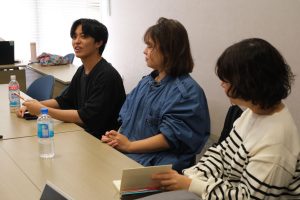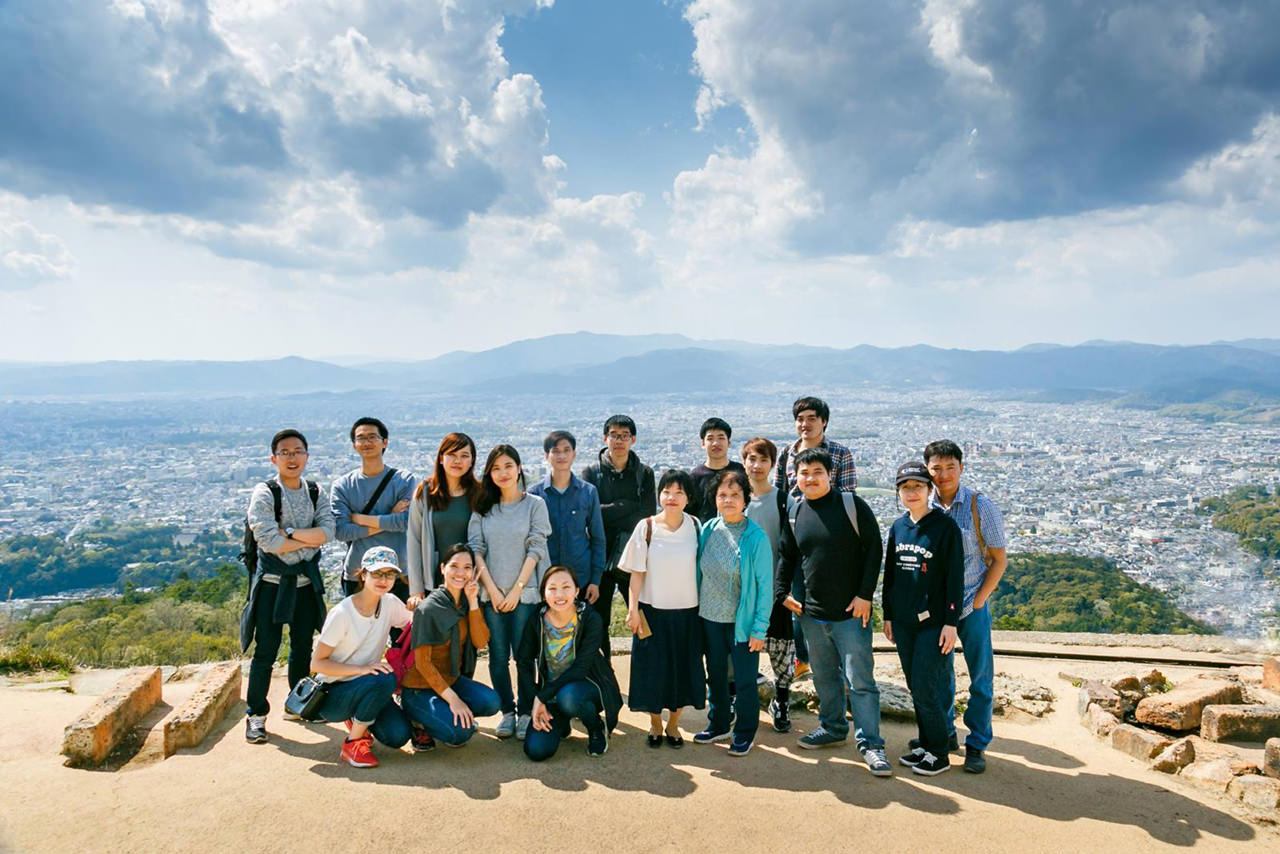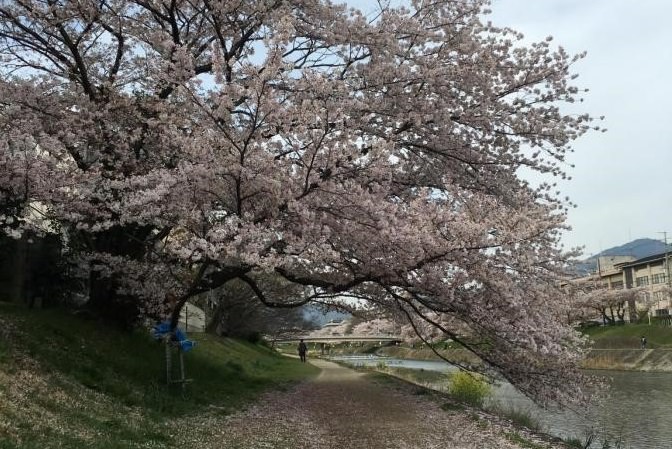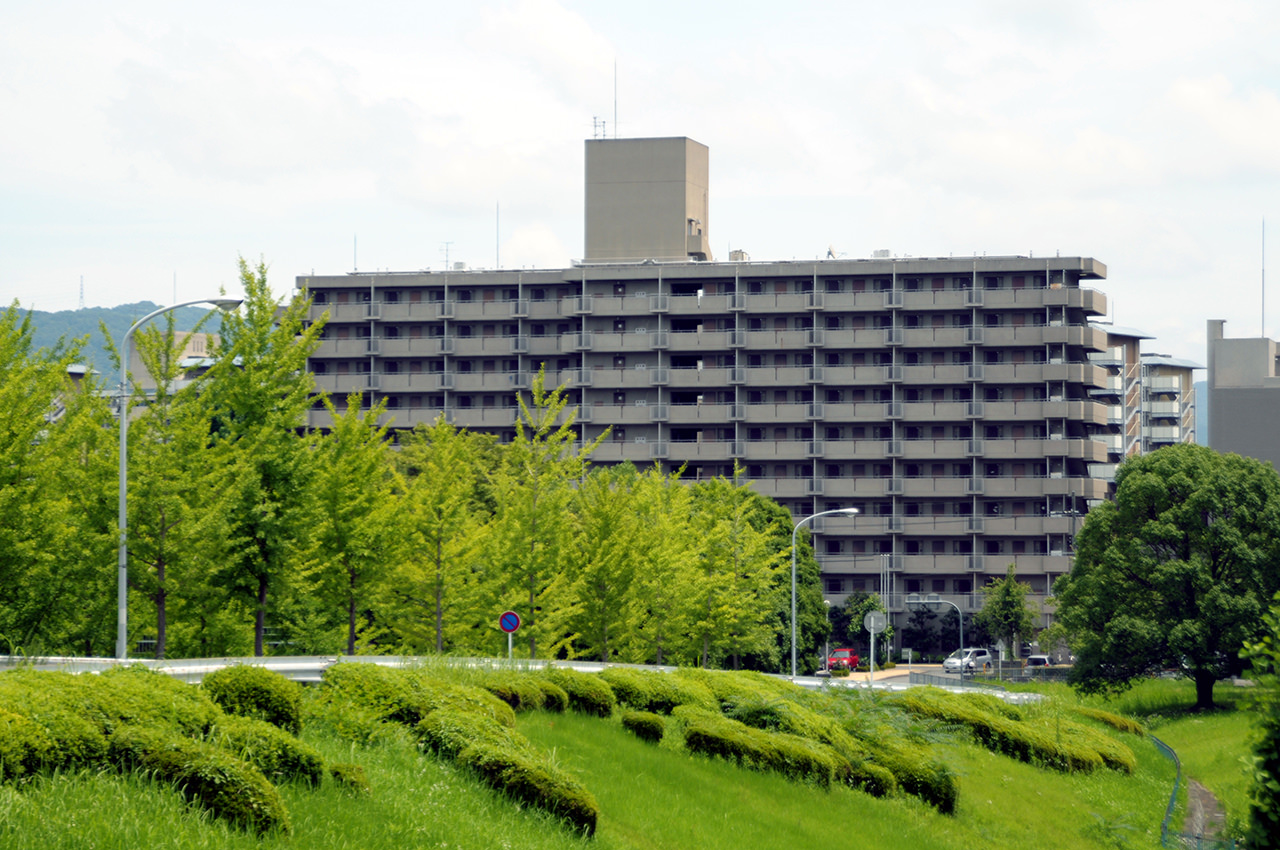Budget-Friendly Living in Kyoto: Tips from International Students
2024.11.13
Having Fun in Kyoto Without Breaking the Bank

Q: How do you save money when you want to have fun and explore Kyoto?
Shoki: I love karaoke and go at least once a month, either with friends or on my own. Right now, Big Echo has a promotion for unlimited singing from 5 p.m. on weekdays at a low price, usually around 1,800 yen.
I also enjoy dining out at izakayas, which can be a bit pricey at about 3,000 yen per person, but I look for all-you-can-eat deals for better value. When I visit museums, I use my student ID to get discounts. For travel, I purchase plane tickets a few months in advance to save money.
Iketsu: I’m a big fan of karaoke and currently take advantage of Jankara’s promotion for free nighttime karaoke in the Kawaramachi area. I regularly check their page for reservations and go at least twice a month.
When I go out, I tend to eat all my meals out, like having a breakfast set at Komeda Coffee, aiming to keep meal costs around 1,000 yen each, totaling about 3,000 yen a day. I also enjoy driving and use car-sharing services like Times Car Share, which offers a night package from 6 p.m. until the next morning for around 3,000 yen plus toll fees. Splitting these costs with friends makes it cheaper than taking the train or bus.
Kuropa: My hobby is drawing, and I often sit by the Kamo-gawa River to sketch. But since it’s been so hot this summer, I’ve been going to cafés instead, which costs me about 1,000 to 1,500 yen each time. Lately, I haven’t had much free time, so I haven’t gone to cafés as often. I also enjoy walking around Kyoto, visiting temples and shrines. Honestly, I spend most of my money on shopping rather than on fun activities or hobbies.
Summary:
・Take advantage of karaoke promotions, student discounts at museums, and early-bird flight deals.
・Seek all-you-can-eat deals or affordable meal sets when dining out.
・Enjoy walking around the city and visiting temples, which are often free or low-cost.
Finding a Place to Live in Kyoto on a Budget

Q: How much do you pay in rent and how do you save money when it comes to your housing?
Haru: I don’t have a specific way to save on housing expenses, but I do try to save on electricity by not using the AC as much. I find that spending more time outside instead of at home helps with that.
Shoki: Electricity bills can really add up during the summer, so I often stay at the school library all day to avoid running the AC at home. It really helps lower my monthly bills. Sometimes, I’ll also go to a nearby McDonald’s, which is open 24 hours. My rent is about 60,000 yen a month, including utilities, but my electricity bill tends to be a bit higher because all my appliances, including the water heater, are electric. If you’re looking for a place, I recommend finding one with a mix of gas and electric appliances since that tends to be more cost-effective.
Iketsu: When looking for a place, one good way to save is by finding a place with no key money and no deposit, which can save you a lot upfront.
Maya: When I first came to Japan six years ago, I didn’t speak much Japanese, so I used a realtor with English support. Foreigner-focused realtors can be expensive, so if you can, try using a regular realtor. I initially lived in a small, pricey apartment in Kawaramachi. I don’t recommend living downtown because of the cost. Now I’m living with a friend in a 2LDK apartment near Demachiyanagi station, which costs 89,000 yen a month. We split the rent, so my share is about 44,500 yen. My advice is to always visit an apartment in person before deciding and, if you need help in English, try using a service like House Network that offers foreigner-friendly listings.
Kuropa: My rent is about 40,000 yen a month, and I live in a relatively affordable apartment. Recently, gas prices have gone up, which is a bit of a problem since I love taking hot baths, especially in winter. In the summer, the electricity bill is around 5,000 yen because I use the air conditioning. Even though utility costs can be high, I think the overall balance is good because my rent is reasonable. By keeping my rent low, I feel that I can still manage even if my utility costs are a bit higher.
Summary:
・Look for rentals that require no key money or deposits to save on upfront expenses.
・Consider apartments with a mix of gas and electric appliances to save on monthly utility bills.
・Share an apartment with friends to split rent costs and save money overall.
Final Pieces of Advice

Q: Do you have any other last words of advice for future students on how to save?
Shoki: Going to Daiso and other 100-yen shops can be a real lifesaver, but be careful—it’s easy to end up buying things you don’t actually need. It can be much cheaper than buying utensils and household items at supermarkets or stores like Don Quijote. For textbooks, some students buy used materials from previous international students.
Maya: Buying new furniture can be really expensive, so I recommend looking for second-hand furniture and appliances in Facebook groups like Kyoto Sayonara Sales or getting items from other international students. If you prefer new furniture, Nitori is a great option—they offer good quality items at reasonable prices.
Living in Kyoto on a budget can be challenging, but with the right strategies, it’s definitely manageable. From finding affordable housing and saving on utilities to exploring low-cost entertainment options, there are plenty of ways to cut costs without sacrificing your experience. It all comes down to making smart choices that suit your lifestyle and taking advantage of the resources available to you. With a bit of planning and creativity, you’ll be able to make the most of your time in Kyoto without breaking the bank.











